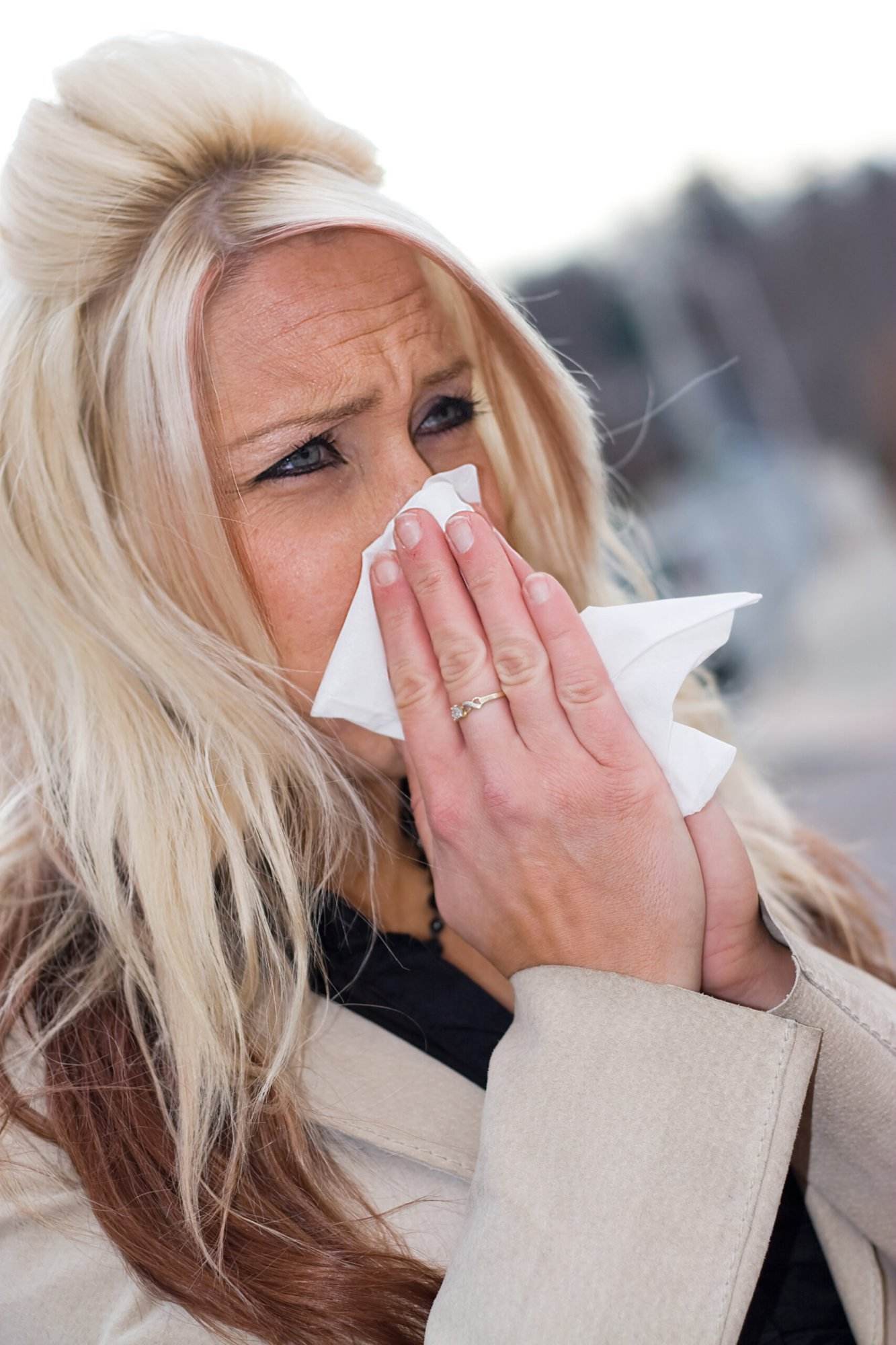Introduction to Allergen Reduction Strategies
Do you find yourself sneezing, coughing or experiencing other allergy symptoms at work? If so, you’re not alone. Many people suffer from allergies caused by common office allergens such as dust mites, mold spores and pet dander. Fortunately, there are strategies that can help reduce these allergens and improve indoor air quality. In this blog post, we will discuss the importance of specialized cleaning for allergy sufferers, common office allergens and their sources, effective allergen reduction techniques, and how to take action towards a healthier workplace.
The Importance of Specialized Cleaning for Allergy Sufferers
Specialized cleaning is essential for reducing allergens in the office. Regular cleaning methods may not be enough to remove allergens from carpets, upholstery, and other surfaces. A professional cleaning service that specializes in allergen reduction can use advanced equipment and techniques to effectively eliminate allergens. This can significantly improve indoor air quality and make the work environment more comfortable for those with allergies.
Common Office Allergens and Their Sources
Dust mites, mold spores, and pet dander are some of the most common office allergens. Dust mites are microscopic insects that live in carpets, furniture, and bedding. They feed on dead skin cells and can cause allergic reactions in sensitive individuals. Mold spores are another common allergen found in offices. They thrive in moist environments such as bathrooms, kitchens, and basements. Pet dander, which comes from animals like dogs and cats, can also trigger allergic reactions. These allergens can spread easily throughout the office and affect multiple employees.
Effective Allergen Reduction Techniques
There are several effective techniques for reducing allergens in the office. One approach is to regularly vacuum carpets and upholstered furniture using a HEPA-filter vacuum cleaner. This type of vacuum can capture even the smallest particles, including allergens. Another technique is to use an air purifier, which can filter out allergens from the air. Additionally, avoiding the use of scented products like candles, perfume, and air fresheners can help reduce irritants in the air. Finally, regular cleaning and maintenance of HVAC systems can prevent the buildup of allergens and ensure proper ventilation.

Conclusion: Taking Action Towards a Healthier Workplace
Reducing allergens in the office is important for creating a healthy and productive work environment. By implementing specialized cleaning services, utilizing effective allergen reduction techniques, and taking steps to minimize exposure to common allergens, employers can create a safer and more comfortable space for their employees. So breathe easy knowing that there are solutions available to alleviate your allergy symptoms at work.

